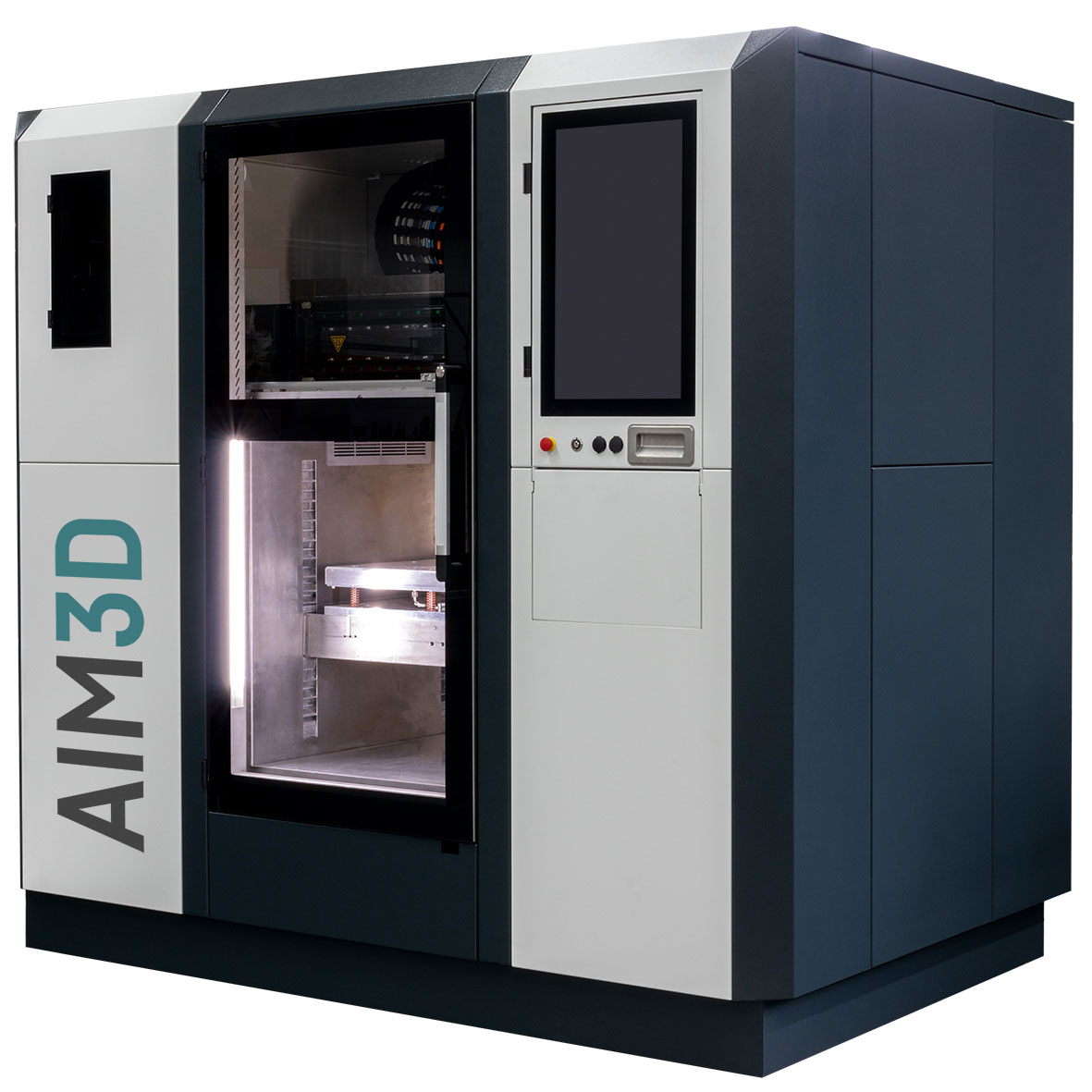(AIM3D: Rostock, Germany) -- Every 3D printing process competes with classic manufacturing strategies such as casting or milling in terms of mechanical properties, time factors, and cost-effectiveness. It is also in competition with alternative 3D printing technologies. The technological challenge: at present, layer-based 3D-build processes of polymers often exhibit inhomogeneous structural properties. With the patent-pending Voxelfill process, AIM3D is breaking new ground that overcomes inhomogeneous strength issues by achieving defined, selective densities in the component.
|
ADVERTISEMENT |
At Formnext 2022 and K 2022, two major autumn trade fairs in 2022, AIM3D will be providing information on two major highlights: on the one hand, the new Voxelfill process for sustainably improving the strength properties of a layer-based 3D component and, on the other hand, the market launch of the ExAM 510. This system complements the ExAM 255 by having a greater build area for large component volumes. It will be shown in action at the trade fairs.

…
Add new comment